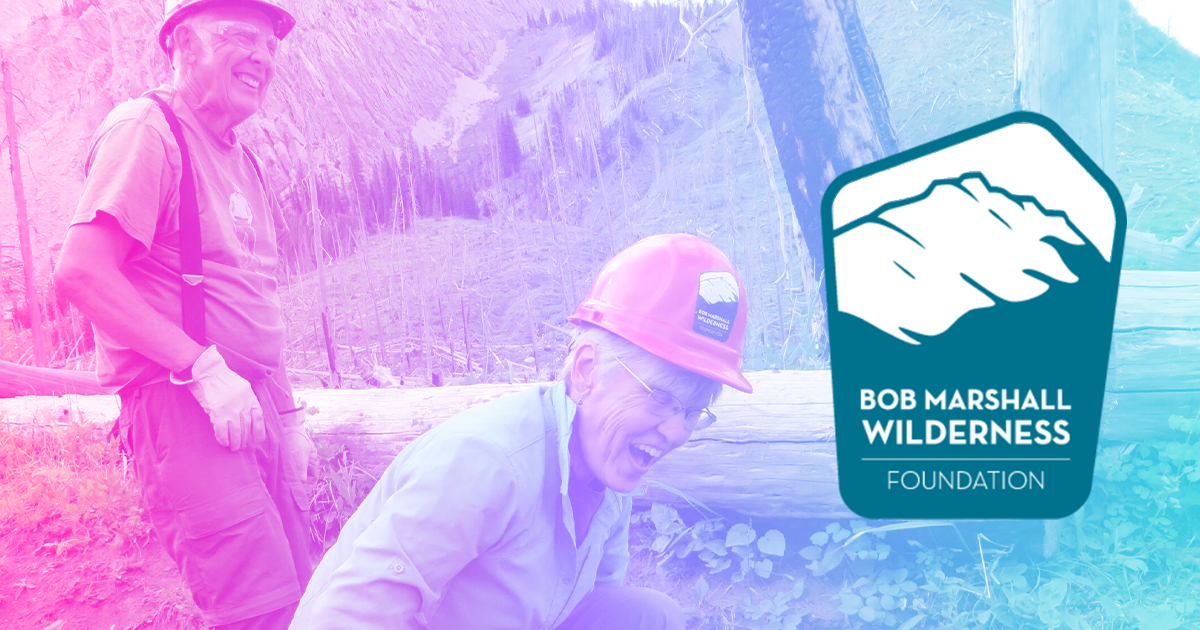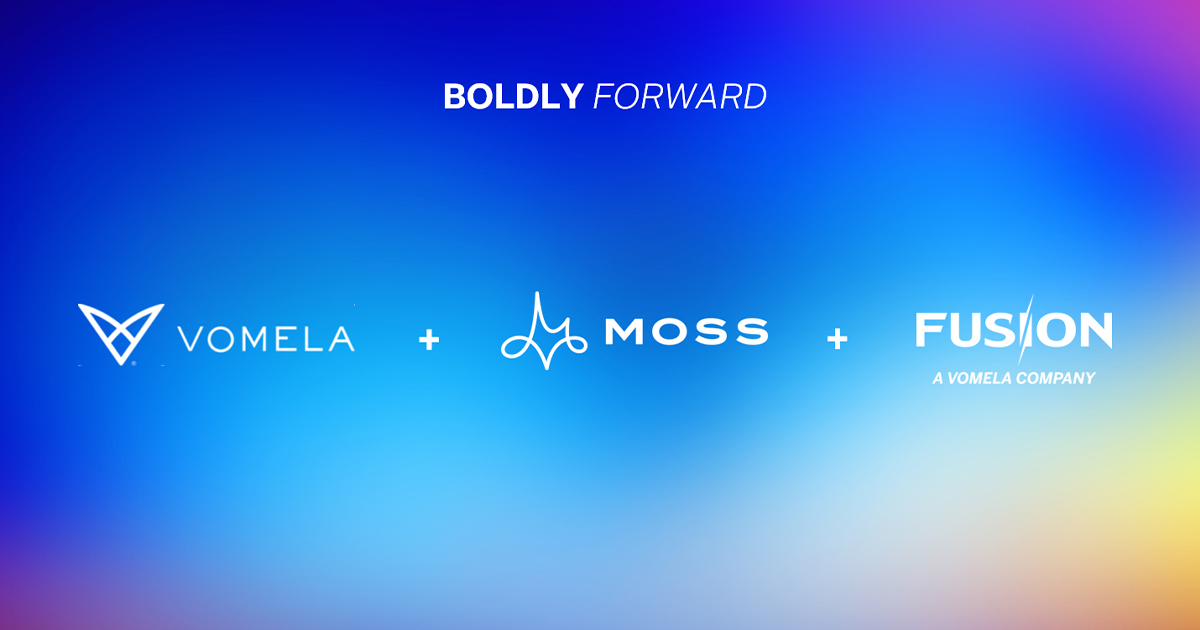
How a Handwritten Note Elevated One Executive’s Customer Experience
An Interview with Jan-Patrick Schmitz, CEO, Muirbury & Co

Jan-Patrick Schmitz is the founder and CEO of Muirbury & Co., which specializes in the development of consumer brands, where the excellence of craft, superior product quality, best-in-class customer service, and the beauty of design are central to the brand equity.
Schmitz is also a board member of Silver Oak Cellars, Thornwillow Press, the German-American Chamber of Commerce New York, and he serves on the advisory board of Pollaro Custom Furniture. Schmitz is also the former CEO and Chairman of the Management Board of the Wüsthof Group and the Chairman of the Steiff Group.
Schmitz is a thought leader in the consumer space with extensive experience in brand management. He served for over two decades on the global leadership team of Montblanc, a Richemont-owned global luxury brand.
Throughout his career, he has lived and worked in Europe, Asia, and the United States, and still travels extensively. This travel and a recent customer experience he enjoyed is what prompted the interview that follows. It has been edited for length and clarity.
Tim Moran (TM): Patrick, it’s great to talk to you again. As I’ve explained, PFL is in the business of automated direct mail that enables companies to better connect people to people. We are also very keen on the concept of “authentic moments” and personalization. I know one of the business ideas you are fond of is what you call “anticipatory customer experience,” which I’ve heard described as “a personal gesture that exceeds expectations and creates loyalty for life."
I would love to hear more of your perspective about the importance of this in today’s business world.
Jan-Patrick Schmitz (JP): That’s a little bit of déjà vu going back to my days at Montblanc because that was all about personal moments and the relationship between a consumer and the brand. These relationships go beyond the product. Products, to a great extent, are quite frankly interchangeable. At the core of building a customer relationship is nurturing a client’s true love for a brand, that true relationship, where customers—yes, they enjoy your product—but more often want to be part of the brand with its values and mission.
TM: I know you fly all around the world regularly, which means you must have some personal experience with brands and loyalty, right?
JP: I'm close to approaching my two million miles on United, and I have a bunch of miles here and there on other airlines. To me, flying is like walking down the street—it's nothing special. You can imagine that being at the travel-intensity level I am, I am constantly receiving travel benefits from the airlines. These reduce my traveling pain, but they don't create an emotional reaction. You can still lose my business quickly. One bad flight experience and you might think, next time I'm flying Lufthansa.
TM: Understood. But you recently had an experience on a flight that stood out to you—something very personal and unexpected that elevated the customer experience for you. You shared it on Facebook. Here’s the original post:
Jan-Patrick Schmitz is at Frankfurt International Airport-Terminal 1-Lufthansa.
September 2 at 4:46 AM
Frankfurt, Germany
I am flying for over 30 years, traveling to the corners of the world. I experienced all kind of flights, from the scariest landing in an old prop plane on a remote island in the Pacific to the amenities of a private jet. Today, I found for the first time a personal, handwritten note on my seat, welcoming me back. This touched me. A simple human gesture is worth more than a million loyalty program benefits. Thank you, T.J., @united for your time to recognize me. It goes a long way. 🍀🛫🙏

JP: This United Airlines employee is a person who worked on the red-eye out of Newark to Frankfurt. He had a few hours in Germany and he needed to rest and enjoy some personal time. And yet, he took the time to look at his passenger list to see who his loyal clients were on the flight.
He filtered me out, and there is a certain amount of discrimination there because I do a lot of flights with the airline. There are hundreds of passengers on a given flight, and he can't acknowledge everyone. He took the time to actually write that card, handwrite that card, on his personal time. That really connected deeply with me. I will never forget that.
If you think about the information overflow today, how we are bombarded every day of our lives with information, it becomes harder and harder to stand out via digital communications. Businesses—people—must think about ways to enhance all that with more personal moments, personal touches, such as this note. I am pretty sure I will talk about this card and this experience—this one person, T.J., who wrote the card—for years to come.
TM: That’s a great story, Patrick. But, as you say, nobody is able to write a personal note to all clients and customers, loyal or not. What can the standard business and businessperson do to approximate this experience?
JP: This person who took the time to write a note because he was able to. Now, when I think about making some personal gesture—sending a box, writing a note—I know that I will connect and make the recipient feel that connection. Just think about how many times I’ve already talked about this experience.
If you look at this from a business perspective, things like ROI and data analytics come into play. My problem with all of that is, you're looking for the largest common denominator. This means you're taking the experience down to the lowest possible level. I call that the “vanilla ice cream level.” Pretty much everybody eats vanilla ice cream. Nobody really is offended by it, but it's not a “love” experience.
Now, compare that with mango or chocolate chip or butter pecan. Maybe some of these are polarizing. Maybe some people like one of these flavors, maybe they don't—but at least they create an experience that vanilla ice cream doesn’t. And that is what happens so much, especially in digital marketing today. Best practice in both data analytics and digital marketing is all about scaling, scaling, scaling—hence the greatest common denominator, hence vanilla ice cream.
But you write one personal card, you convert a simple frequent flyer into a brand disciple. None of your platinum perks or drinks in the lounge ever did that for me.
TM: In this new digital attention economy, you have to try to get people's attention in different ways. “Dear, Your Name Here,” doesn't cut it. That was once what was called personalization—and many still use it—but nobody falls for that anymore. However, clearly, not everybody can write—or expect—a personal handwritten note. So how do you bring that experience to a broader group in a way that combines digital analytics with the personal and the physical? What are your thoughts about how businesses—B2C or B2B—can continue to be more personalized but on a bigger scale? And is that something you think about at your companies?
JP: It goes back to data analytics, that's where it all starts. It’s important to be much more mindful how to use the data you capture. What do you really need to analyze and what do you intend to do with that knowledge? And how do you translate that into actions? You need to understand your consumer intrinsically. That's when creativity comes into play. I tell my digital marketing teams and brand marketing teams not to waste time applying it to the expected.
TM: That’s interesting. What exactly do you mean by that?
JP: Here is the bucket list: What do we track? What do we analyze? What's really important? Why are you interested in that data? What will you do with it? What do you need to do? What is your creative process of then creating emails, internet sites, images, content, video, voice—how do you do that? And how do you stand out and create and foster the beliefs we have as a brand. It’s a matter of applying that data, but then really being creative in translating that into messages. Creativity requires more personalization. It's not across the board, it's for specific reasons, specific people.
TM: We just did a report about the resurgence of direct mail. Companies are realizing that digital fatigue is a real thing. People aren’t responding to the endless surge of emails. We found out that businesspeople, even executives, will open and remember receiving a package or some kind of physical mail.
JP: I can tell you from my times at Montblanc, we knew for a fact that direct mail still works. You receive something by mail and if it's handwritten, your assistant will forward it for you to open. And you will read it. It will reach you, guaranteed. You get attention and, even if the recipient is not ready to act today, you are on their radar. A truly personal note is so rare today that people will remember it. When the young man at United researched one-million-mile customers on this flight, he probably found he had a few. So let’s assume he simply wrote three cards—those three cards went a long way. And that simple gesture will multiply to thousands of my social followers, on LinkedIn and elsewhere. When I shared this powerful moment, he touched many more people. With that one simple card.
TM: And, as you said, people will be asking about it and you'll be telling that story for a long time to come.
JP: You bet.




